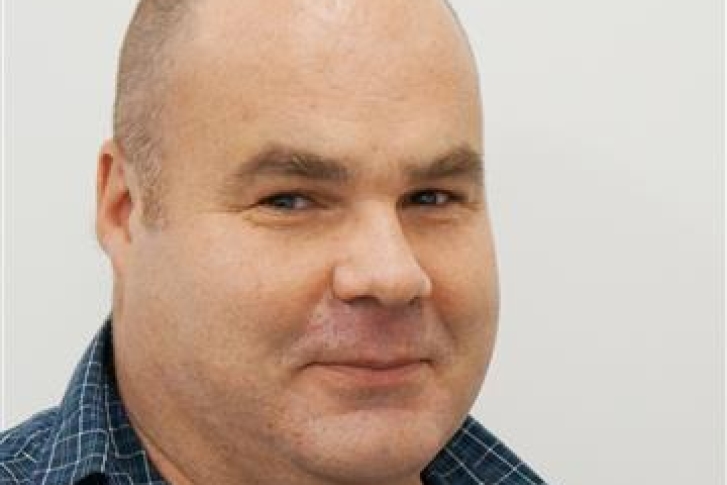Some fish species take years to grow to a size where they become sexually mature. These juvenile years, especially the first few months, are when fish are the most vulnerable to being eaten by predators. To maximise their chances of surviving this stage of their life, they use specific seafloor habitats that provide shelter and protection. Essentially, these habitat areas act as fish nurseries.
NIWA has been working out where fish nurseries can be found in the Hauraki Gulf, how they support and enhance juvenile fish abundance, growth and survival, and in what way they are being impacted by human activities, both on land and at sea.
“In the Gulf, research has found there are two different general groups of snapper nursery habitats, and protecting these is critical to many other fish species”, says NIWA fisheries ecologist Mark Morrison.
The first type of nurseries are shallow areas of biogenic (living) habitats that ‘stick up’ from the seafloor and provide three-dimensional structures, such as horse mussel beds, subtidal seagrass, sponge gardens and calcareous tubeworm mounds. The second are shallow areas of muddy seafloor that house large crustacean (such as crab) burrows that ‘stick down’. Both habitat groups are of limited extent and so restrict how many fish are able to seek protection from them. Many of these habitats have also been greatly diminished in the Gulf and elsewhere, including widespread reduction in horse mussel beds and loss of subtidal seagrass meadows.
Protecting key areas that act as juvenile fish nurseries will ensure Aotearoa New Zealand has productive and valuable coastal fisheries, and healthier marine ecosystems.

